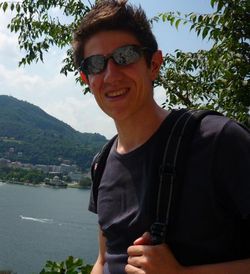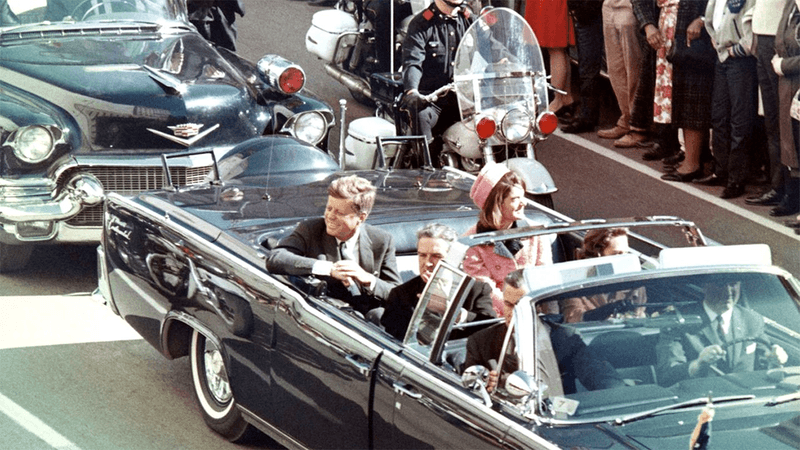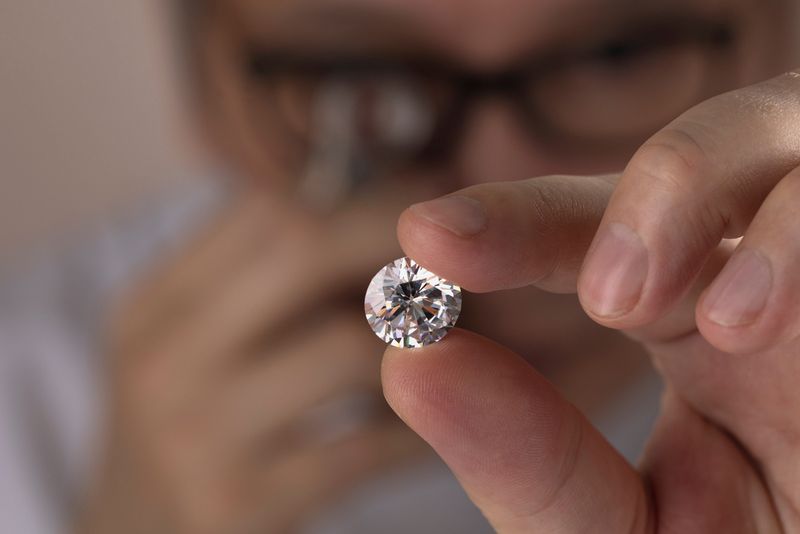A former secret service agent who was present during the assassination of President John F Kennedy has cast doubt on the "single bullet" theory, sometimes mockingly called the "magic bullet" theory, nearly 60 years after the President's death.
On November 22, 1963, Paul Landis was standing on the running board of a car behind the President when the gunshots were fired. Shortly afterwards, in written statements, Landis said that he had heard two gunshots. Now he says that he heard a barrage of shots. It's not the only detail that differs from his initial report.
According to Landis, who spoke to the New York Times ahead of an upcoming memoir, when he and fellow agent Clint Hill coaxed First Lady Jacqueline Kennedy out of the car at the hospital, he noticed two bullet fragments – one of which he touched, but left in place – and another bullet lodged in the leather seating behind where Kennedy had been sitting.
Landis says he took this bullet and placed it in his pocket, with the intention of giving it to a superior. However, while in the hospital he claims he placed the bullet on the President's gurney in order to keep the evidence with his body.
A bullet was found in the hospital, but on the stretcher of Governor John B Connally Jr, who had been riding in the President's car and was hit in multiple places. Partly based on this and the three spent shells found on the sixth floor of the book depository under the window, the Warren Commission into the assassination concluded that three shots had been fired.
One – dubbed the "single bullet" – went through Kennedy's neck and hit Connally, one went into Kennedy's head, killing him, and one missed, possibly hitting a curb and causing a fragment to hit a nearby citizen's cheek.




